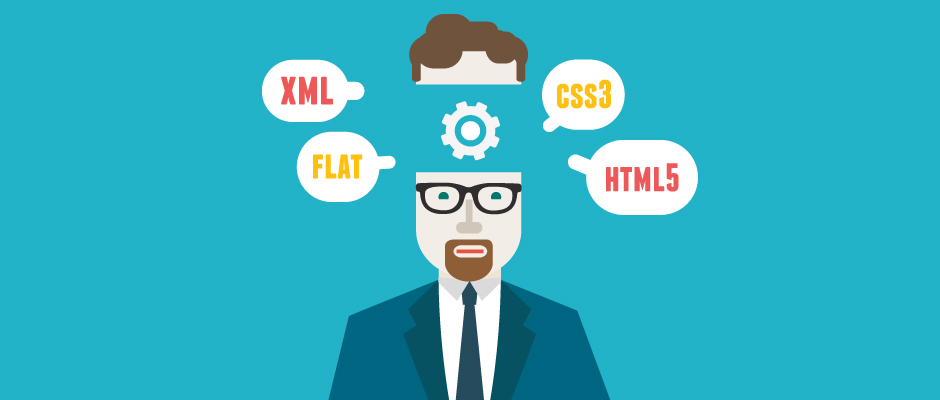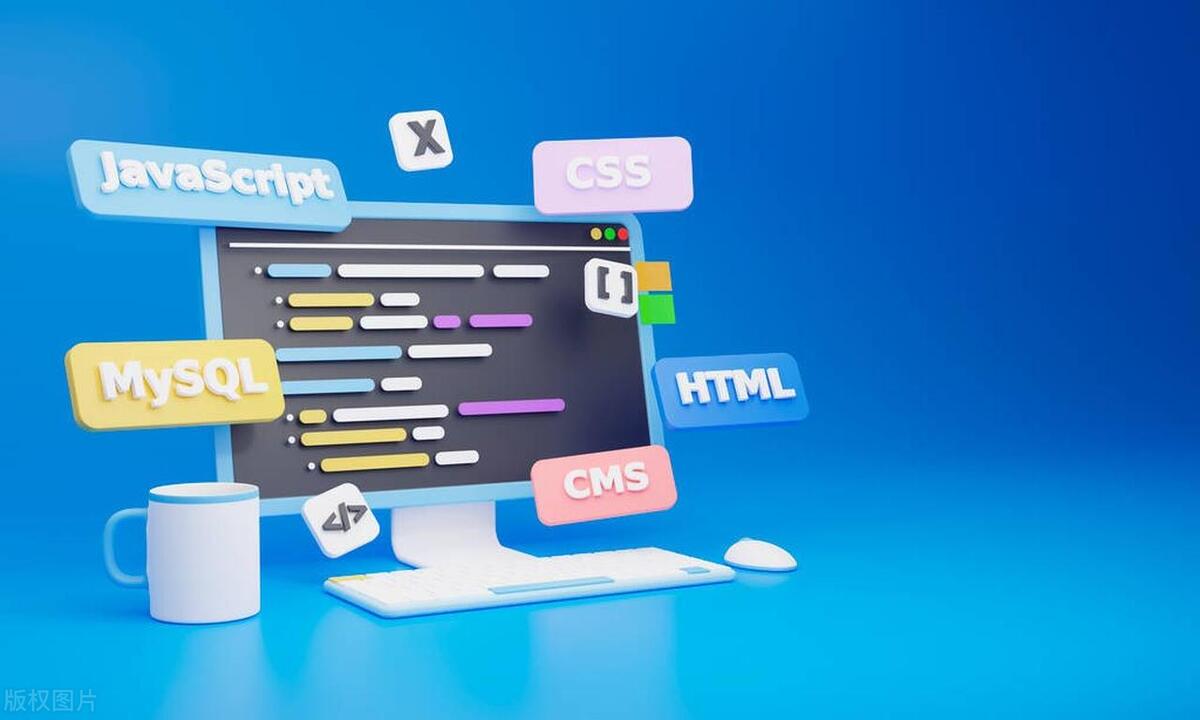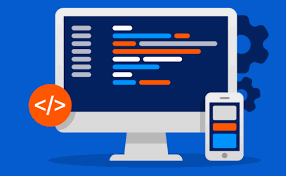CSS custom properties are a key tool for implementing dynamic styles. 1. Custom attributes start with --, such as --main-color, defined in:root and called through var() to improve code maintainability; 2. Dynamic changes in theme colors are achieved through class name switching, combining JavaScript and local storage to support user preferences; 3. CSS variables can be modified in real time through JavaScript, which is suitable for color selectors, A/B tests and other scenarios; 4. Pay attention to avoiding nested use of var(), which is incompatible with IE, and requires reasonable handling of downgrade solutions.

Of course, the following is an article with clear structure and practical content:

Direct response to the title: CSS custom properties are an effective way to implement dynamic styles
CSS custom properties (also called CSS variables) provide developers with a way to define and use reusable values ??in style sheets. They not only improve the maintainability of the code, but also combine JavaScript to achieve more flexible dynamic style control.

1. How to define and use CSS custom properties
Custom properties start with two hyphens, such as --main-color , which is usually defined in :root , so that they can be accessed throughout the document.
:root {
--main-color: #3498db;
--font-size: 16px;
} Called via var() function in other CSS rules:

button {
background-color: var(--main-color);
font-size: var(--font-size);
}- Pay attention to naming specifications when defining, and it is recommended to use semantic names.
- It is recommended to manage variables uniformly, for example, in a separate
_variables.cssfile.
2. Tips for dynamically changing theme colors
Using custom attributes and class name switching, multi-theme support can be easily achieved. For example, switch between dark mode and light mode.
:root {
--bg-color: #ffffff;
--text-color: #333333;
}
.dark-mode {
--bg-color: #1a1a1a;
--text-color: #f0f0f0;
} In HTML, you only need to add or remove the dark-mode class to <body> and it will take effect.
JavaScript operations are also very simple:
document.body.classList.toggle('dark-mode');
- It is recommended to save the theme status in local storage, so that users can still retain preferences after refreshing the page.
- System preferences can be automatically detected in combination with media query.
3. Real-time style updates with JavaScript
Because CSS variables are dynamic, their values ??can be modified at runtime through JS to achieve real-time style changes.
document.documentElement.style.setProperty('--main-color', '#e74c3c');
This feature is very suitable for:
- User-defined theme settings (such as color selector)
- Dynamically adjust UI element styles according to user behavior
- Different variants in A/B tests are displayed
A simple example is to have the user enter a color value and apply it immediately:
<input type="color" id="colorPicker">
const input = document.getElementById('colorPicker');
input.addEventListener('input', (event) => {
document.documentElement.style.setProperty('--main-color', event.target.value);
});4. Precautions and compatibility considerations
Although modern browsers generally support custom properties, there are still some things to note:
- Do not use
var()in nested, for example,var(--color: var(--fallback))is illegal. - Custom properties cannot be used as part of the property selector.
- Older versions of browsers (such as IE) do not support them at all and require downgrade processing or Polyfill.
If the project must be compatible with the old environment, it is recommended to use it only on non-critical paths, or work with preprocessor variables.
Basically that's it. Although CSS custom attributes are small, if used properly, it can significantly improve development efficiency and user experience.
The above is the detailed content of Utilizing CSS Custom Properties for Dynamic Styling. For more information, please follow other related articles on the PHP Chinese website!

Hot AI Tools

Undress AI Tool
Undress images for free

Undresser.AI Undress
AI-powered app for creating realistic nude photos

AI Clothes Remover
Online AI tool for removing clothes from photos.

Clothoff.io
AI clothes remover

Video Face Swap
Swap faces in any video effortlessly with our completely free AI face swap tool!

Hot Article

Hot Tools

Notepad++7.3.1
Easy-to-use and free code editor

SublimeText3 Chinese version
Chinese version, very easy to use

Zend Studio 13.0.1
Powerful PHP integrated development environment

Dreamweaver CS6
Visual web development tools

SublimeText3 Mac version
God-level code editing software (SublimeText3)

Hot Topics
 How can CSS be used to implement dark mode theming on a website?
Jun 19, 2025 am 12:51 AM
How can CSS be used to implement dark mode theming on a website?
Jun 19, 2025 am 12:51 AM
ToimplementdarkmodeinCSSeffectively,useCSSvariablesforthemecolors,detectsystempreferenceswithprefers-color-scheme,addamanualtogglebutton,andhandleimagesandbackgroundsthoughtfully.1.DefineCSSvariablesforlightanddarkthemestomanagecolorsefficiently.2.Us
 Can you explain the difference between em, rem, px, and viewport units (vh, vw)?
Jun 19, 2025 am 12:51 AM
Can you explain the difference between em, rem, px, and viewport units (vh, vw)?
Jun 19, 2025 am 12:51 AM
The topic differencebetweenem, Rem, PX, andViewportunits (VH, VW) LiesintheirreFerencepoint: PXISFixedandbasedonpixelvalues, emissrelative EtothefontsizeFheelementoritsparent, Remisrelelatotherootfontsize, AndVH/VwarebaseDontheviewporttimensions.1.PXoffersprecis
 What are the key differences between inline, block, inline-block, and flex display values?
Jun 20, 2025 am 01:01 AM
What are the key differences between inline, block, inline-block, and flex display values?
Jun 20, 2025 am 01:01 AM
Choosing the correct display value in CSS is crucial because it controls the behavior of elements in the layout. 1.inline: Make elements flow like text, without occupying a single line, and cannot directly set width and height, suitable for elements in text, such as; 2.block: Make elements exclusively occupy one line and occupy all width, can set width and height and inner and outer margins, suitable for structured elements, such as; 3.inline-block: has both block characteristics and inline layout, can set size but still display in the same line, suitable for horizontal layouts that require consistent spacing; 4.flex: Modern layout mode, suitable for containers, easy to achieve alignment and distribution through justify-content, align-items and other attributes, yes
 What are CSS Houdini APIs, and how do they allow developers to extend CSS itself?
Jun 19, 2025 am 12:52 AM
What are CSS Houdini APIs, and how do they allow developers to extend CSS itself?
Jun 19, 2025 am 12:52 AM
CSSHoudini is a set of APIs that allow developers to directly manipulate and extend the browser's style processing flow through JavaScript. 1. PaintWorklet controls element drawing; 2. LayoutWorklet custom layout logic; 3. AnimationWorklet implements high-performance animation; 4. Parser&TypedOM efficiently operates CSS properties; 5. Properties&ValuesAPI registers custom properties; 6. FontMetricsAPI obtains font information. It allows developers to expand CSS in unprecedented ways, achieve effects such as wave backgrounds, and have good performance and flexibility
 What is the significance of Vue's reactivity transform (experimental, then removed) and its goals?
Jun 20, 2025 am 01:01 AM
What is the significance of Vue's reactivity transform (experimental, then removed) and its goals?
Jun 20, 2025 am 01:01 AM
ReactivitytransforminVue3aimedtosimplifyhandlingreactivedatabyautomaticallytrackingandmanagingreactivitywithoutrequiringmanualref()or.valueusage.Itsoughttoreduceboilerplateandimprovecodereadabilitybytreatingvariableslikeletandconstasautomaticallyreac
 How can CSS gradients (linear-gradient, radial-gradient) be used to create rich backgrounds?
Jun 21, 2025 am 01:05 AM
How can CSS gradients (linear-gradient, radial-gradient) be used to create rich backgrounds?
Jun 21, 2025 am 01:05 AM
CSSgradientsenhancebackgroundswithdepthandvisualappeal.1.Startwithlineargradientsforsmoothcolortransitionsalongaline,specifyingdirectionandcolorstops.2.Useradialgradientsforcirculareffects,adjustingshapeandcenterposition.3.Layermultiplegradientstocre
 What are the challenges and solutions for maintaining CSS in large-scale applications?
Jun 14, 2025 am 12:15 AM
What are the challenges and solutions for maintaining CSS in large-scale applications?
Jun 14, 2025 am 12:15 AM
The key to maintaining CSS for large applications is organizational structure, naming specifications, and tool assistance. First, adopt component management, split styles and implement local scopes to avoid conflicts; second, unify naming specifications such as BEM, SMACSS or namespace prefixes to improve maintainability; third, use PostCSS, stylelint and other tools to achieve automated processing and code quality control. Although these methods are not complicated, they require teamwork and continuous maintenance to be effectively implemented.
 How can CSS be used to create print-specific stylesheets?
Jun 14, 2025 am 12:16 AM
How can CSS be used to create print-specific stylesheets?
Jun 14, 2025 am 12:16 AM
Creating print-specific stylesheets using CSS ensures that web pages are effective on the screen and when printing. First, use the @mediaprint rule to define styles that only take effect when printing, such as hiding the navigation bar, footer and sidebar; second, you can link a separate print style sheet print.css to keep style maintenance clearer; finally optimize readability and simplicity, such as removing background colors, using serif fonts, displaying link URLs, and adjusting the layout to adapt to paper characteristics.






